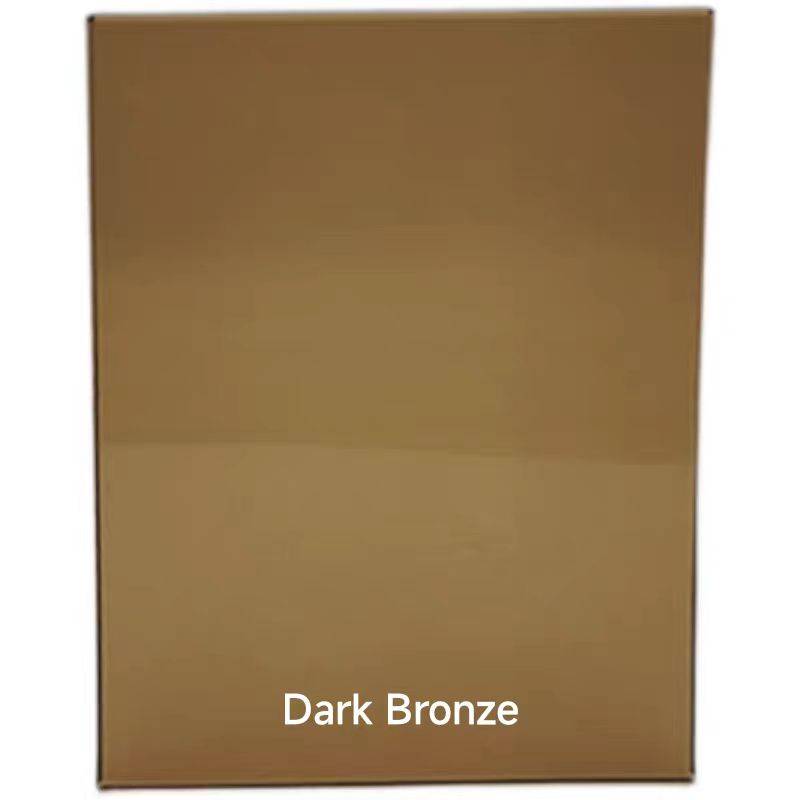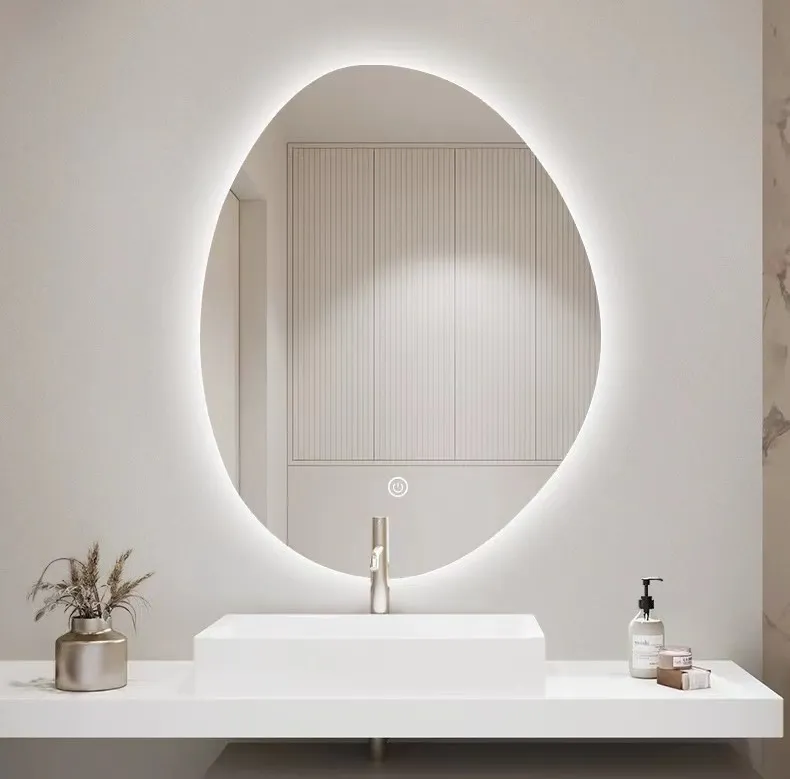Raw mirror glass, a cornerstone in interior design and architectural applications, possesses an unparalleled aesthetic and functional versatility. Its gleaming surface reverberates luxury, yet it carries an essential utilitarian value that transcends mere appearance. Detailing the nuances and intricacies of raw mirror glass can guide consumers and industry professionals alike in making informed decisions when integrating this material into their projects.

Crafted from high-quality float glass, raw mirror glass undergoes a meticulous process where a silvering agent is applied, followed by layers of copper and paint for protection. This procedure ensures the reflective quality remains pristine, offering a clear, true image. Moreover, the thickness of raw mirror glass can be adjusted based on specific requirements, providing further customization for particular applications.
From the residential sphere to commercial establishments, raw mirror glass serves diverse purposes. In homes, it can transform compact spaces by creating an illusion of a larger area, thus proving indispensable in modern, minimalist interiors. Kitchens and bathrooms, often longing for brightness, benefit particularly as mirror glass enhances light, making these spaces feel open and airy. Furthermore, furniture manufacturers employ it in cabinets and wardrobes to add a sophisticated touch without overwhelming the existing decor.

In the realm of commercial use, storefronts and retail displays leverage raw mirror glass to attract customers. The reflective property not only augments the visual appeal of products but also engenders a sense of spaciousness within limited retail spaces. Office buildings often incorporate raw mirror glass in their design to foster an ambiance of professionalism and forward-thinking, underscoring a company’s brand integrity.
raw mirror glass
Durability is another notable aspect of raw mirror glass. Modern advancements have fortified its resistance to scratching and fogging. Many manufacturers now offer variants with anti-fog coatings, which are particularly beneficial in humid environments such as bathrooms and spas. Given these enhancements, the maintenance of raw mirror glass is straightforward, requiring only a simple cleaning regimen to retain its luster and functionality over the years.
As environmental concerns rise, the sustainability of raw mirror glass is a critical consideration. The production process has evolved to become more eco-friendly, with many manufacturers opting for lead-free materials and recyclability. The longevity of the glass itself and its ability to be repurposed or recycled further contribute to sustainability, reducing the ecological impact over the span of its life cycle.
Expert consultations can provide deeper insight into raw mirror glass applications, ensuring that selections are based on tailored advice. Engaging with professionals experienced in both the aesthetic and practical applications ensures a seamless integration that meets both stylistic and structural needs. Trade shows and industry publications frequently serve as platforms for showcasing innovative uses and emerging trends related to raw mirror glass, solidifying its position as a staple in design and architecture.
In essence, raw mirror glass is more than just a decorative element; it is an embodiment of modern craftsmanship and technology.
Its role in creating dynamic, light-filled environments underscores its value across numerous sectors. By understanding the properties, applications, and environmental considerations associated with raw mirror glass, stakeholders can leverage its full potential, paving the way for innovative and sustainable design solutions. This comprehensive approach cultivates trust and fosters a deeper appreciation of one of the most captivating materials available to designers and architects today.



